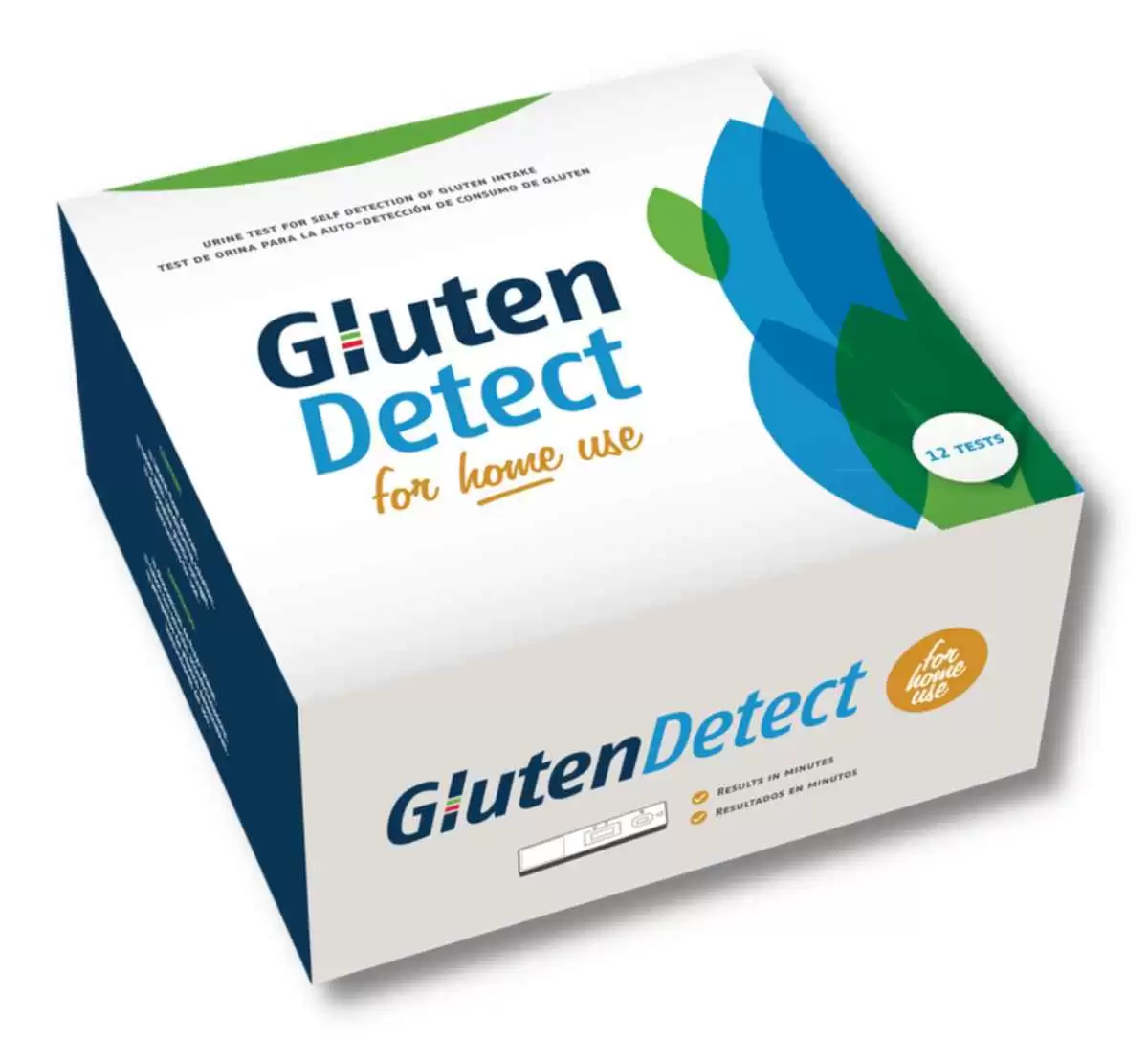Celiac.com 04/16/2024 – The GIP technology has been a boon for our understanding of celiac disease and especially the frequency of inadvertent exposures, and their effects on intestinal recovery. GIP testing is currently in use in virtually all clinical trials for celiac therapeutics to monitor trial subjects and is the subject of dozens of scientific publications. Gluten Detect, the at-home version of the GIP test has allowed people with celiac disease the ability to self-monitor their gluten free dietary compliance to ensure they are not getting exposed to gluten inadvertently, and to provide positive reinforcement for all the work and cost that they are incurring with the gluten free diet.
Even with all the impressive benefits that Gluten Detect and the GIP technology in general can provide, when trying to manage a gluten free diet on a planet in which gluten is seemingly everywhere the most important might be its ability to help intestinal recovery. Think about it – before Gluten Detect there was really no good objective way for clinicians to determine if continual intestinal damage was the result of inadvertent gluten exposure, or if there was some other cause. Also, it was difficult to determine how much of an effect a single exposure could have, and what if any additive effects do multiple or frequent exposures have on intestinal recovery. Gluten Detect and the GIP technology is a tool that celiacs can use to help them recover their intestinal absorption capacity.
The dangers of persistent villous atrophy (intestinal damage) are highlighted in a recently published article entitled Persistent villous atrophy predicts development of complications and mortality in adult patients with coeliac disease: a multicentre longitudinal cohort study and development of a score to identify high-risk patients. In this study the authors reported finding that “persistent villous atrophy despite a GFD is a common clinical scenario, occurring in roughly one-fifth of patients in a multi-centre retrospective cohort spanning >20 years”, and that 80% of the time the cause of this is poor adherence to the gluten free diet. The authors went so far as to state that “poor GFD adherence was the most significant predictor of persistent villous atrophy in all analyses. This is not surprising and confirms that poor GFD adherence is a risk factor for poor outcomes in CD, including increased mortality. This underlines the importance of strictly following a GFD for patients with CD”. If not properly treated, celiac disease can lead to a variety of secondary complications including vitamin and mineral deficiencies, osteoporosis, malnutrition, Infertility and miscarriage, lactose intolerance, cancer and various nervous system conditions among others.
Ok so we know that the gluten free diet when managed properly, can be effective and can result in intestinal recovery but how do we ensure compliance with the gluten free diet? One of the best papers on this subject was a prospective study published in 2022 investigating the utility of determining urinary gluten immunogenic peptides (u-GIP, the technology in Gluten Detect at home urine test kits) for monitoring adherence to a gluten-free diet and its impact on intestinal damage in patients with celiac disease. The key findings are:
At baseline, 25.8% of celiac patients on a GFD for at least 24 months still had intestinal damage (villous atrophy), indicating poor dietary adherence. After only 12 months of follow-up with repeated urinary GIP testing, the percentage with villous atrophy reduced to 12.7%.
Urinary GIP detection correlated better with histological improvement than serological tests, symptoms, or dietary adherence questionnaires.
Subjects who had at least 4 positive urine GIP test results out of 12 collected during the 12-month period was predictive of persisting villous atrophy with a 93% specificity.
In contrast, repeated negative urinary GIP tests after more than 2 follow-up visits correlated with absence of histological lesions in 94% of patients.
The authors therefore propose an algorithm (below) which includes checking urinary GIP every 6 months (3 samples over 1 week including weekends) for better monitoring of GFD adherence and mucosal healing in celiac patients.
One of the key reasons for those with celiac disease to diligently maintain a gluten free diet is to stop any further intestinal damage and allow the villi in the small intestine to heal, and thereby resume full intestinal absorption of nutrients and minerals. Based on the two studies cited in this article, despite trying to eat gluten free, more than 20% of celiac’s are not reversing their intestinal damage, and 80% of the time that’s a result of still getting exposed to gluten from time to time. Urinary gluten testing done according to the proposed algorithm can objectively monitor for inadvertent exposure to gluten, and if followed, can help increase incidence of mucosal recovery in celiac patients on a GFD compared to other methods.
Regular urinary GIP monitoring using Gluten Detect may help improve dietary adherence and histological remission.
Gluten Detect is available at on our website and on Amazon.
So the next time poop (and other “stuff”) happens, be ready for it with Gluten Detect!
GlutenDetect for Home Use – Because We Live On A Planet With Gluten.
Visit our site for more info.
Garzón-Benavides M, Ruiz-Carnicer Á, Segura V, Fombuena B, García-Fernandez F, Sobrino-Rodriguez S, Gómez-Izquierdo L, Montes-Cano MA, Millan-Domínguez R, Del Carmen Rico M, González-Naranjo C, Bozada-García JM, Coronel-Rodríguez C, Espin B, Díaz J, Comino I, Argüelles-Arias F, Cebolla Á, Romero-Gómez M, Rodriguez-Herrera A, Sousa C, Pizarro-Moreno Á. Clinical utility of urinary gluten immunogenic peptides in the follow-up of patients with coeliac disease. Aliment Pharmacol Ther. 2023 May;57(9):993-1003. doi: 10.1111/apt.17417. Epub 2023 Mar 8. PMID: 36890679.
Schiepatti A, Maimaris S, Raju SA, et al Persistent villous atrophy predicts development of complications and mortality in adult patients with coeliac disease: a multicentre longitudinal cohort study and development of a score to identify high-risk patients Gut 2023;72:2095-2102.
Source link



